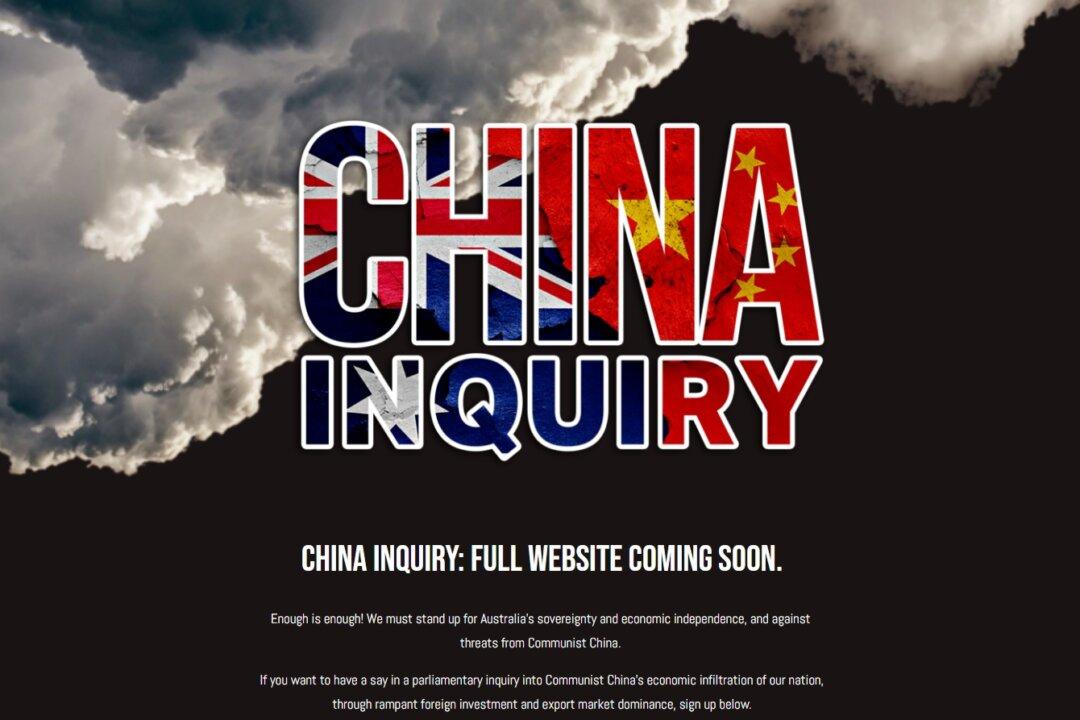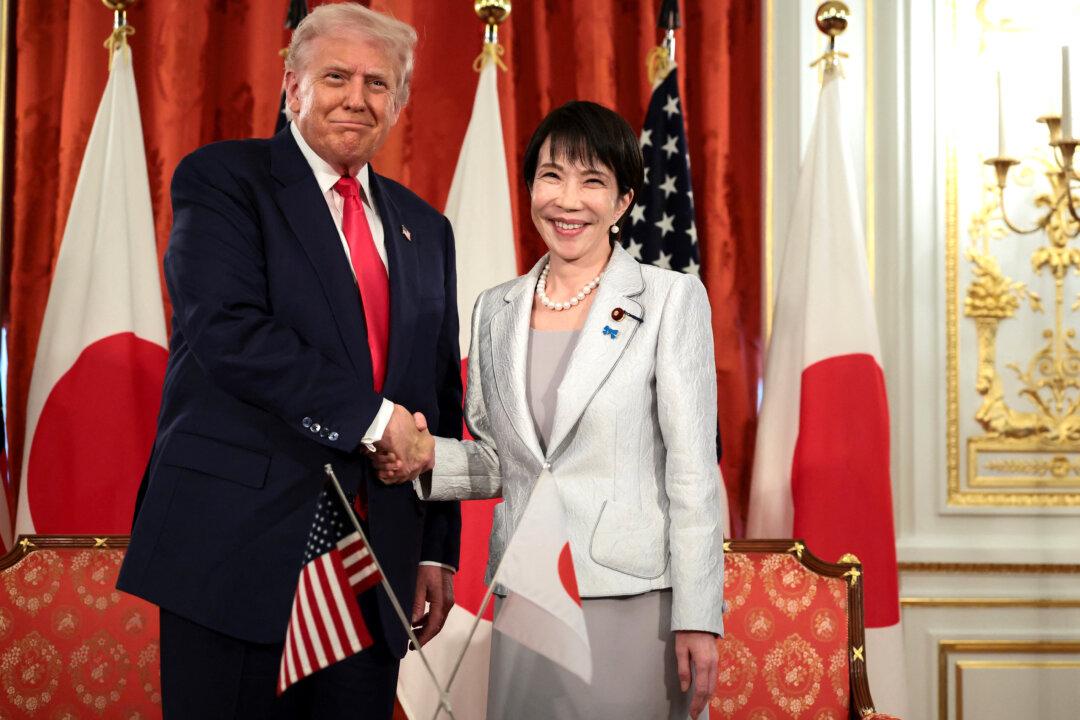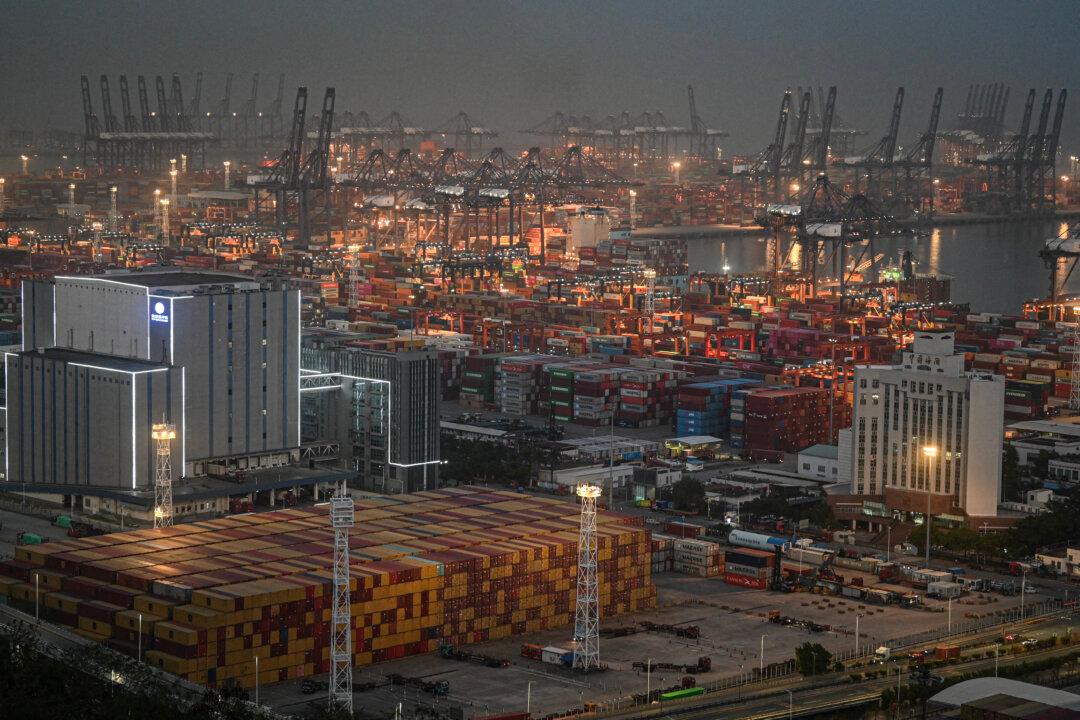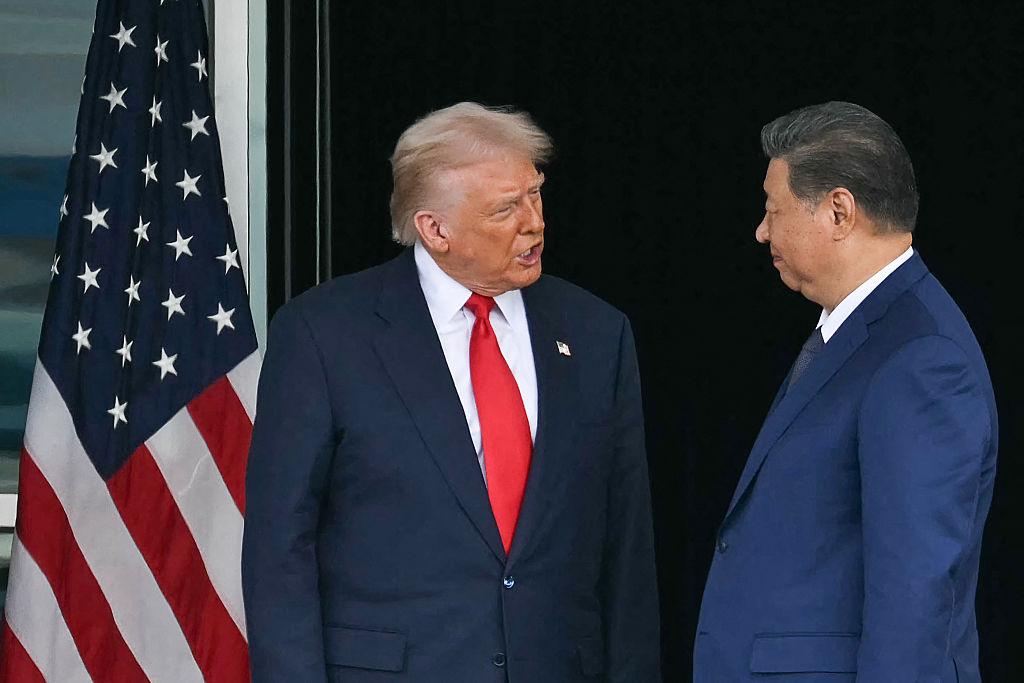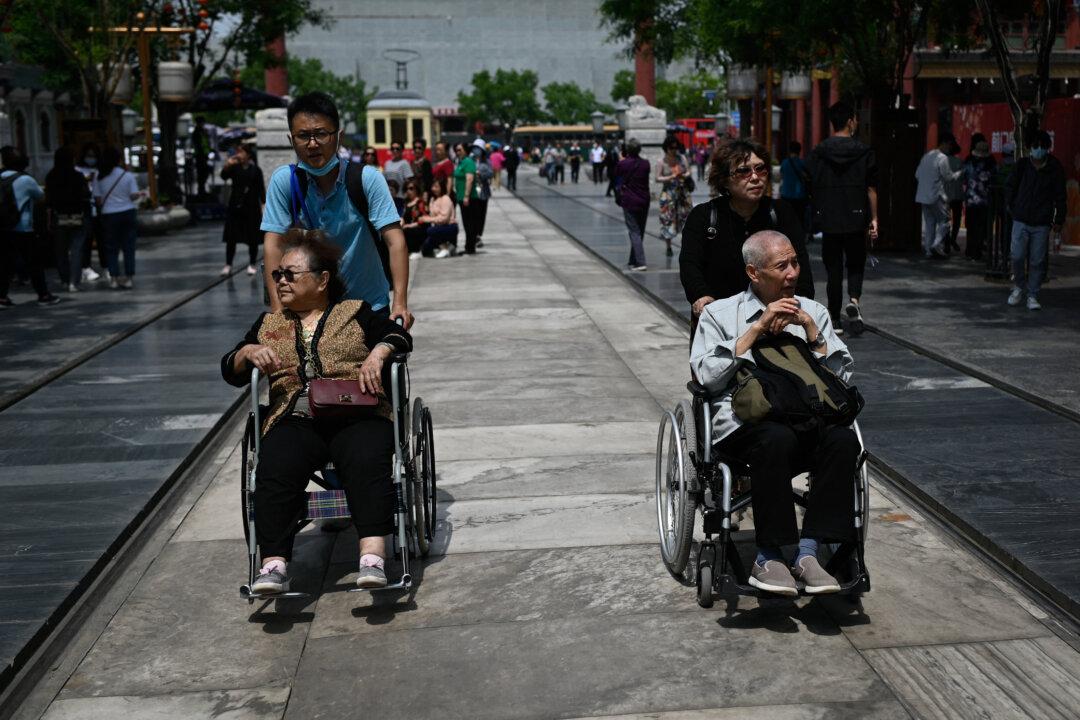Commentary
Coercive economic policy is one of the key means of the Chinese Communist Party’s (CCP’s) presumptuous diplomacy style. Take a look at the foreign ministers’ meeting at G7 on May 5, when it criticized the CCP for “arbitrary, coercive, economic policies and practices.” The next day, the CCP’s National Development & Reform Commission (NDRC) issued a statement on its indefinite suspension of all activities under the China-Australia Strategic Economic Dialogue, stepping up its economic coercion of Australia to a whole new level since 2020.
